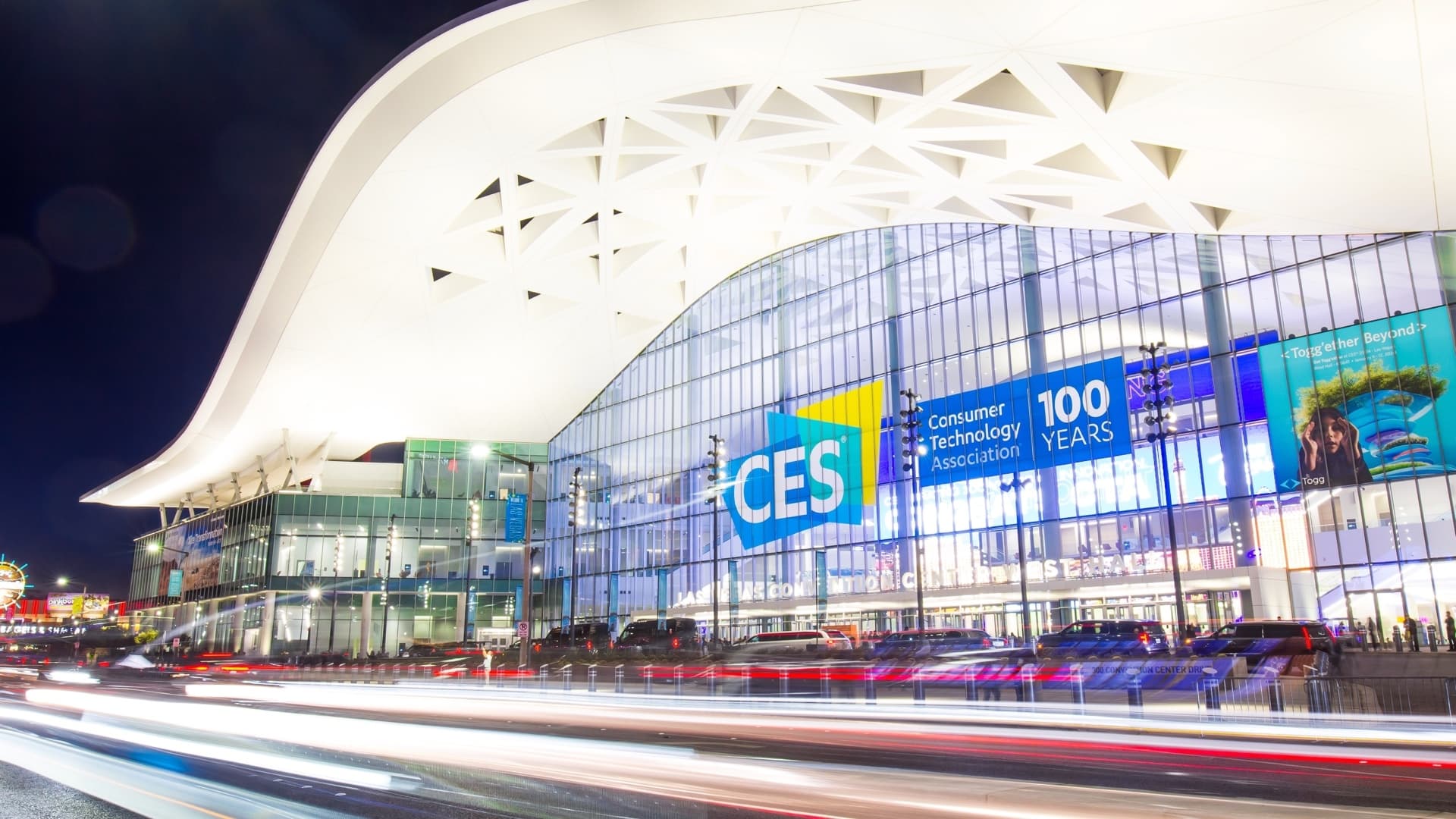MWC: Shaping the Digital Future


Mobile World Congress (MWC) drew attendees from around the world to Barcelona from February 26-29, 2024, with a central theme on the future of connectivity. The event served participants ranging from manufacturers and technology providers, to content owners, featuring discussions on 5G, AI, fintech, and the Internet of Everything.
Co-located with 4YFN, a startup-centric event, MWC facilitated connections between startups, investors, and corporations, with over 101k attendees, nearly matching pre-pandemic levels.

The numbers are in!
- 101k+ Attendees
- 2,700+ Exhibitors, sponsors and partners
- 205 Countries and territories
- 59% Adjacent industries in attendance

Nature-inspired minimalism
Exhibits showcased a trend towards combining natural elements with technology in functional, open designs that prioritize user experience and sustainability. The minimal use of structure elements combined with smart, modern designs highlight a preference for functionality and ease of navigation. Brands that addressed flow challenges enhanced the attendee experience in high-traffic environments.

Dynamic lighting and structures
The extensive use of dynamic lighting and large attention-grabbing structures indicate a move towards creating visually compelling and immersive environments that captivate attendees.
Unique entry experiences, such as the string light tunnel above, emphasize the importance of thematic and branded entrances in making a memorable first impression.

Personalization and community
The focus on interactive demos and elements points towards an increasing trend of engaging attendees through direct interaction with technology. This shift towards more meaningful engagements was evident through tailored attendee experiences and a focus on community-building via collaborative spaces.
The arrangement of casual meeting areas underscore the importance of creating spaces for collaboration and community-building among attendees.
Key takeaways
In MWC's high-end environment, there are several opportunities to differentiate your brand. Here are five examples:
- Innovative alternative designs can reduce the need for large overhead rigging.
- Elevate brand storytelling with diverse, exciting interactives and visually striking demos.
- Use of natural materials and design elements into modern exhibit designs to foster warm, welcoming spaces while improving accessibility.
- Ensure alignment between innovation and the exhibit's design. Traditional setups contradict the claims of innovation.
- Understand your audience to optimize engagement and maintain brand consistency throughout trade show presentations by paying attention to the details.


